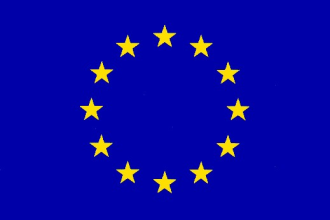Customs procedures refer to the set of regulations and processes implemented by governments to control the movement of goods across international borders. These procedures are essential for ensuring compliance with customs laws, collecting appropriate duties and taxes, and safeguarding national security and public health.
Customs procedures can vary from country to country, but they generally include the following key steps:
-
Documentation: Importers and exporters are required to complete various documents, such as a commercial invoice, packing list, and bill of lading or airway bill. These documents provide information about the goods being shipped, their value, and the parties involved in the transaction.
-
Declaration: The importer or their authorized customs broker must submit a customs declaration, which includes details about the goods, their classification, and their value for customs purposes. This declaration helps customs authorities assess the applicable duties and taxes.
-
Risk assessment: Customs authorities conduct risk assessments to identify high-risk shipments, which may be subject to additional scrutiny. Factors such as the nature of the goods, country of origin, and previous compliance history can influence the level of scrutiny.
-
Inspection and examination: Customs officials may physically inspect or examine the goods to verify their accuracy, authenticity, and compliance with regulations. This process may involve X-ray scanning, sample testing, or thorough physical inspections.
-
Assessment of duties and taxes: Based on the information provided in the customs declaration and the results of inspections, customs authorities calculate the applicable duties, taxes, and fees. These charges can include customs duties, value-added tax (VAT), and excise taxes, among others.
-
Payment and clearance: Importers are required to pay the assessed duties and taxes before the goods can be released for further transportation or delivery. Payment methods can vary, but they often include electronic funds transfer, bank guarantees, or authorized credit arrangements.
-
Release and delivery: Once payment is made, customs authorities issue a release order, allowing the goods to be released from customs custody. The goods can then proceed to their intended destination, either by land, sea, or air, as per the established transport arrangements.
It's important for businesses engaged in international trade to comply with customs procedures to avoid delays, penalties, and other legal consequences. Working with experienced customs agents or freight forwarders can help simplify the process and ensure compliance with applicable regulations.
In conclusion, customs procedures are a vital aspect of international trade, facilitating the smooth movement of goods while ensuring compliance with regulatory requirements. Understanding and adhering to these procedures is crucial for businesses involved in import and export activities.


